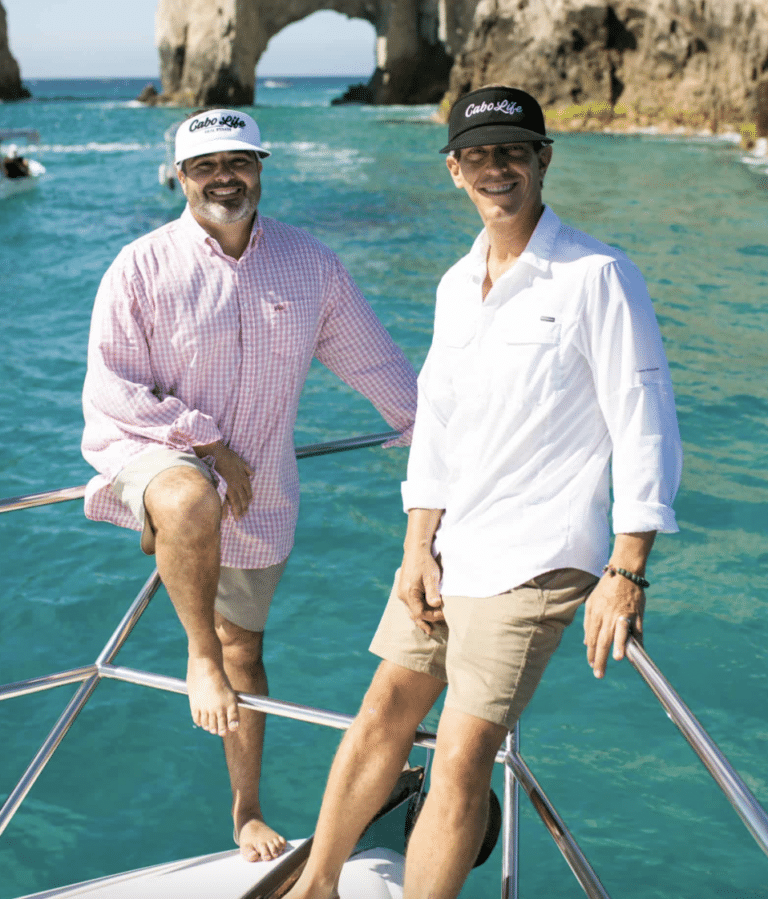If you want to help sell your Los Cabos home by maximizing its curb appeal, heed the do’s and don’ts of landscaping in an arid climate.
Los Cabos not only has beautiful beaches and amazing sea life, but also one of the most diverse desert ecosystems in the world. Baja California has about 4,000 plant species, including 700 endemic ones.
Because Cabo is semi-arid, with a short rainy season and a desert climate, water is a precious commodity here. Fortunately, many native plants thrive with little or no water. So you can have a beautiful garden and still conserve water. With a little knowledge of local flora, you can make a small investment in landscaping before you sell your Cabo home, which will increase its value and help you find the right buyer.
Make a Plan
Before you start, map the space that you plan to landscape. A rough sketch is fine. You can find inspiration and ideas from sites like Pinterest and online gardening forums.
Divide the project into parts so that it doesn’t seem overwhelming. You also need to consider your budget and set deadlines, even if you can expect to modify them as you make progress.
Decide which plants you want, keeping in mind what the mature size of a plant will be before deciding how close to the house to set it. When you buy the plants, talk to a professional landscaper about how big they will get, what kind of maintenance they require, and so on.
Do hardscape work before you plant. Features like sheds, pathways, and decks need to be installed first.
Choose Low-Water Plants
Since water is scarce in Mexico, it’s best to stick to plants that require little of it. Learn about species like shrubs, succulents, vines, and perennials that do well in the local climate.
Don’t Plant Too Much
Don’t overwhelm your property with too many plants, features, and focal points. Think long-term, which means thinking about plants that require low maintenance and need little water. If you choose a fountain as your centerpiece, you may want to forego birdbaths, statues, or other stone or concrete structures.
Use Mulch
Mulch is good for a desert garden. It protects the soil from erosion and weeds, reduces evaporation, and cools the area it covers. Since mulch comes in different colors, you can choose a mulch that matches your yard or garden.
Use Some of Cabo’s Most Prized Plants
In an arid climate, lush lawns and gardens aren’t possible. But many beautiful plants in Cabo look nice together, don’t need much water, can stand the heat, will adjust to any soil, and will reward you with longevity and, in some cases, stunning blooms. These local plants don’t require much effort or maintenance.
Agave. There are about two dozen local species of agave and several of its cousin, the yucca. Agaves take several years to flower. Many are edible; this is an important food in the Baja peninsula. Also used to make tequila, these succulents have large, fleshy strap-shaped leaves. Agaves are drought-resistant and grow well in containers.
Cactus. Cabo’s landscape is dominated by cactus. There are 120 species in the Baja peninsula, many of them in Los Cabos, and for a few weeks of the year, after the rains, they flower brightly and beautifully. One of the most common in Baja is the cardón or elephant cactus, which can grow up to 60 feet high, weigh up to 12 tons, and live for hundreds of years. Some species, like the nopal or prickly pear, are edible and may be found on local menus. Many local cactuses have beautiful flowers and remain small enough for pots or gardens for many years.
Ocotillo. These shrubs grow up to twenty feet high and live up to a hundred years. In springtime, their spiny stems are topped by bright red flowers. Because these stems can form a natural barrier, they are often used as property fences in Cabo. Ocotillos thrive in well-drained soil.
Palm. The seven varieties of palm in and around Cabo are widely used in local landscaping. The endemic blue fan palm has striking silvery-blue leaves. The smallest palm is the tlaco. The largest is the Mexican fan palm, which can be a hundred feet high. You will often see two feather-leaf palms, the coconut and the date, in Cabo. All of these palms thrive without much care and can be planted in groups or lines.
By focusing on low-water, native plants, you can create a beautiful landscape that is in harmony with its desert surroundings and will appeal to prospective buyers.
If you’re getting ready to sell your Cabo home and need guidance on how to increase its curb appeal, contact our experienced Cabo real estate agents for a detailed consultation.



